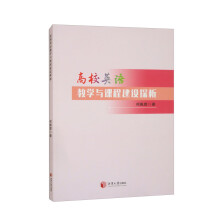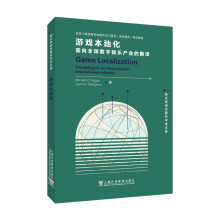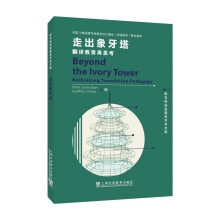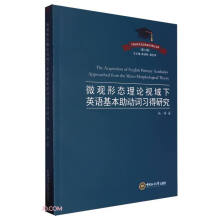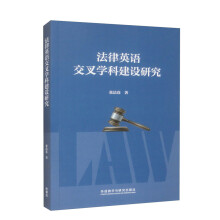Abstract
Acknowledgements
Abbreviations Used in This Book
Chapter One: Introduction
1.1 Background of the Study
1.2 Aims of the Study
1.3 Research Questions and Hypotheses
1.4 Theoretical Foundations
1.4.1 Linguistic Theories
1.4.2 Translation Theories
1.5 Some Related Terms Defined
1.6 The Structure of This Book
Chapter Two: Review of Literature
2.1 SI as a Profession
2.2 Quality Assessment in Interpreting
2.3 Compression in Interpreting
2.4 Omission in Interpreting
2.5 Strategy in Interpreting
Chapter Three: Research Methods
3.1 The Data
3.2 Research Methods
3.3 Notes on Transcripts
3.4 An Example of Analysis in the Findings
Chapter Four: Findings
4.1 Syllabic Compression
4.1.1 Substituting an Abbreviation or Acronym for theFull Name or a Phrase
4.1.2 Substituting a Pronoun for a Noun Phrase
4.1.3 Substituting a Noun for a Noun Phrase
4.2 Lexical Compression
4.2.1 Omission of Expressions of Public Opinions
4.2.2 Omission of Expressions of Speakers' Personal Views
4.2.3 Omission of Expressions of Speakers' Personal Habits
4.2.4 Omission of Transitional Words
4.3 Syntactic Compression
4.3.1 Breaking a Complex or Compound Sentence intoSimple Sentences
4.3.2 Compressing Two or More Simple Sentences, Complex
Sentences or Compound Sentences into One Simple or
Complex Sentence
4.3.3 Omission of Appositives
4.3.4 Substituting a Prepositional Phrase for a Sentence
4.3.5 Substituting an Infinitive Phrase for a Clause
4.3.6 Substituting Sentence Fragment for a Sentence
4.4 Semantic Compression
4.4.1 Deletion of Iterative Semantic Components
4.4.2 Reduction of Unimportant Semantic Components
4.4.3 Reduction of Self-Extracting Expressions fromDiscourse Inferences
4.4.4 Substituting General Words for Specific Words
4.4.5 Substituting Shorter Expressions for Longer Expressions
4.4.6 Semantic Paraphrase
4.5 Situational Compression
4.5.1 Omission of Components Related to the LegCo
4.5.2 Omission of Expressions of Asking Questions
4.5.3 Omission of Polite Forms of Address
4.5.4 Omission of Formality Expressions
4.6 Pragmatic Compression
Chapter Five: Factors of Compression and Implications ofThis Study
5.1 The Nature of Compression
5.2 Factors of Compression and Interpreters' Views onCompression
5.3 Compression and Quality Assessment
5.4 Practical and Didactic Implications
Chapter Six: Conclusion
6.1 A Summary of the Findings
6.2 Contributions of the Present Study
6.3 Limitations of the Present Investigation
6.4 Recommendations for Future Research
Appendice
Appendix 1. Transcripts of ST of the Meeting on 9 Jan. 2003
Appendix 2. Transcripts ofSI (TT) of the Meeting on 9 Jan. 2003
Appendix 3. Transcripts of ST of the Meeting on 13 Oct. 2005
Appendix 4. Transcripts ofSI (TT) of the Meeting on 13 Oct. 2005
Appendix 5. Transcripts of ST of the Meeting on 12 Oct. 2006
Appendix 6. Transcripts ofSI (TT) of the Meeting on 12 Oct. 2006
Appendix 7. Questionnaire for Interpreters
References
展开

